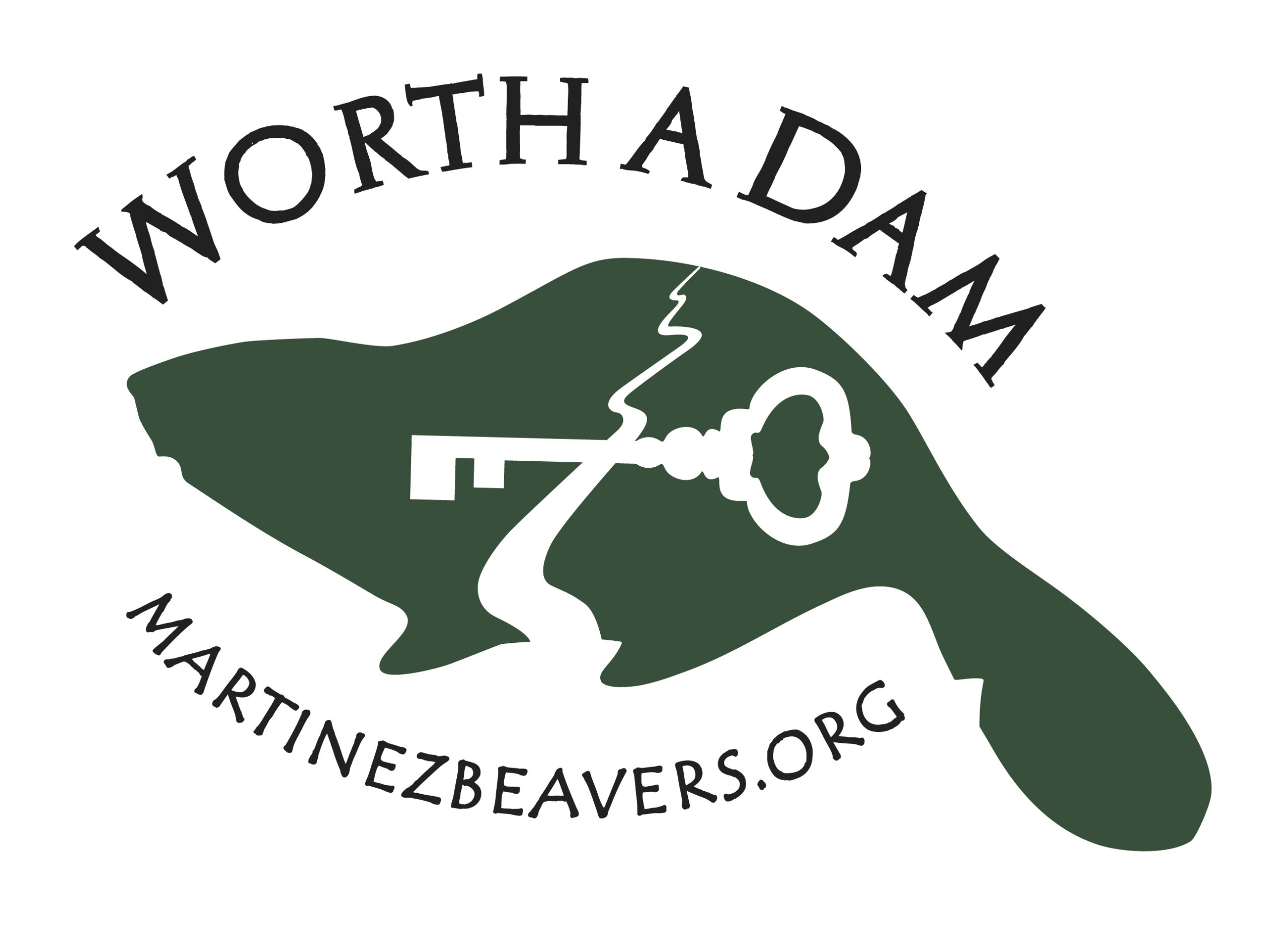This classy looking edifice is the Helen Schuer Nature Center in Alberta Canada. Yesterday I received an email from them asking for access to some of the “Wonderful, high quality images of beavers on our website” to use in an educational program for Canada day.
Right! I thought proudly. We do have some very high quality images. We are so cool that Canada asks us for help! How awesome is that?
Of course I’m always happy when we can share with people that educate about beavers. What particular photos were they interested in? I bet you’ll never guess.

 I hardly need to tell you do I? Nutria, woodchuck, woodchuck. Kind of like a game of “duck duck goose” only sadder.
I hardly need to tell you do I? Nutria, woodchuck, woodchuck. Kind of like a game of “duck duck goose” only sadder.

They were especially interested in this photo on the right. Which they found on our website and thought showed the detail so clearly.
Apparently they weren’t interested in the nagging text that was printed along with it. This was from an article posted in December 2012.
I can’t find the museum where this lovely diaorama is displayed, but if that’s a living breathing pair of mismatched beavers I will kiss a goat. I helpfully wrote the poster that they would find photos of real beavers on our website and were welcome to share them and the poster wrote back saying she had no reason to think these weren’t real beavers, as she found the story on the BBC.
Let’s start with the with the easy parts. Texture. These beavers are completely dry. Not castorum coating dry but just back from the salon in sedonna dry. Let’s talk about size. These beavers size difference suggest parent and kit – but they are completely different colors. Even if there was some kind of unique throwback gene in operation, the left beavers face looks jarringly unreal. You found this on the BBC? First of all, there are no beavers in england to speak of so the BBC is uniquely unqualified to decide what is an actual beaver.
I wrote back politely that I was very happy they were doing a program on beaver, and we had many high quality images of beaver on the site which we would be happy to share. But the ones she had sent were NOT BEAVER or not living beaver. I would be happy to look through the images she chose if she liked to make sure they were actually beaver.
I heard nothing back.



 n an elementary school campus? With kids who love the beavers and parents who care? In Washington? So LB and I wrote the principal and media spokesperson for the district, and I posted about it on facebook. Mind you, this is in Kings county which had one of the only websites about flow devices when we were looking for answers back in 2007. Shouldn’t they, of all places, know better?
n an elementary school campus? With kids who love the beavers and parents who care? In Washington? So LB and I wrote the principal and media spokesperson for the district, and I posted about it on facebook. Mind you, this is in Kings county which had one of the only websites about flow devices when we were looking for answers back in 2007. Shouldn’t they, of all places, know better?
